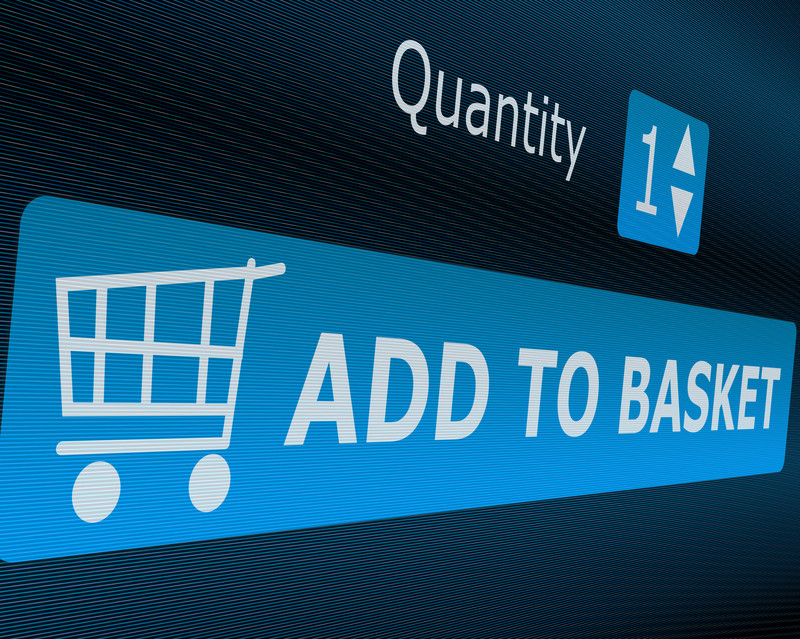Product pages are ostensibly your opportunity to introduce prospective customers to products and convince them to make a purchase. As such, these pages are essential to creating a successful customer interaction.
Therefore, you don’t want you haphazardly slap together the elements that make up a product page.It’s important to understand what is going to show the best returns. Here are a few best practices to employ for the product pages on your e-commerce site.
Visual Appeal
The internet is largely a visual medium, as you probably learned during the custom website design process. You therefore need to make sure that your product pages are eye-catching.
This means including a standardized, user-friendly layout that is familiar to consumers and easy to navigate. You also need to include attractive product photos.
The first photo visitors see when they navigate to a product page should be a view of the product that delivers the most information at a glance. A picture is worth a thousand words.Your photo should provide a visual description that is as comprehensive as possible.
Also include additional photos that show the product from different angles or highlight specific features. If, for example, you’re selling a purse, you’ll want to start with an angle that shows as much of the product as possible.Alternately, you can show its most desirable features.
From there you should add photos that show the inside compartments, close-up details, and whatever else consumers might want to see before purchasing the product. This is the quickest way for customers to decide if they like the product or if they want to continue browsing your product lineup.
Concise Product Description
Viewers can learn a lot from product photos, but you need to fill in the blanks with the description.This will allow you to impart information that cannot be conveyed visually. What materials is the product made from? What are the dimensions? In short, what does the consumer need to know that they can’t learn from a photo?
You can use some customer feedback to help you here. Think of the questions that customers are asking about products over and over.Maybe you should include that information in the product description.
Clear and Well-Placed CTA
You need to well-form any call to action (CTA).This is true whether it’s on a product page or elsewhere. Your premium SEO services provider knows the importance of choosing the right words – if keywords aren’t appropriate for your purposes, you can’t hope to raise your page rank or ensure successful lead generation.
The same is true with CTAs on your product pages. They need to clearly and concisely state your expectations. “Buy now”, “order now”, and “add to cart” are clear CTAs that not only put a notion in the mind of the buyer, but also tell them exactly how to accomplish their goal of purchasing a product.
You also need to place CTAs appropriately so that buttons are clearly visible. Amazon is a good example of this – their “buy” buttons are right next to the product pictures, pricing, and description at the top of the page.
Availability Information
If products are no longer available, back ordered, or available for pre-order, just for example, you have to let customers know as soon as possible. Otherwise, they may get frustrated, feel like you’re wasting their time, or suspect some kind of misleading behavior on your part.None of these take-aways bode well for sales.
Pricing
People want to know how much things cost, so don’t be coy and bury the cost in your product pages. If customers have to try too hard to figure out how much your products cost, they’re likely to get frustrated and turn to competitors.This will happen even if they aren’t quite as enthusiastic about their products or brand.
Every purchase hinges on one basic thing: agreeing on the cost. If consumers think the value of the product is worth the cost, they will complete the purchase. If not, they’ll look for a better price elsewhere or forego the purchase completely.
Costs that are too high to entice consumers can be adjusted or discounts can be offered to improve the perceived value of a transaction.However, you can’t complete the sale if customers are unable to determine the cost and agree to it.

